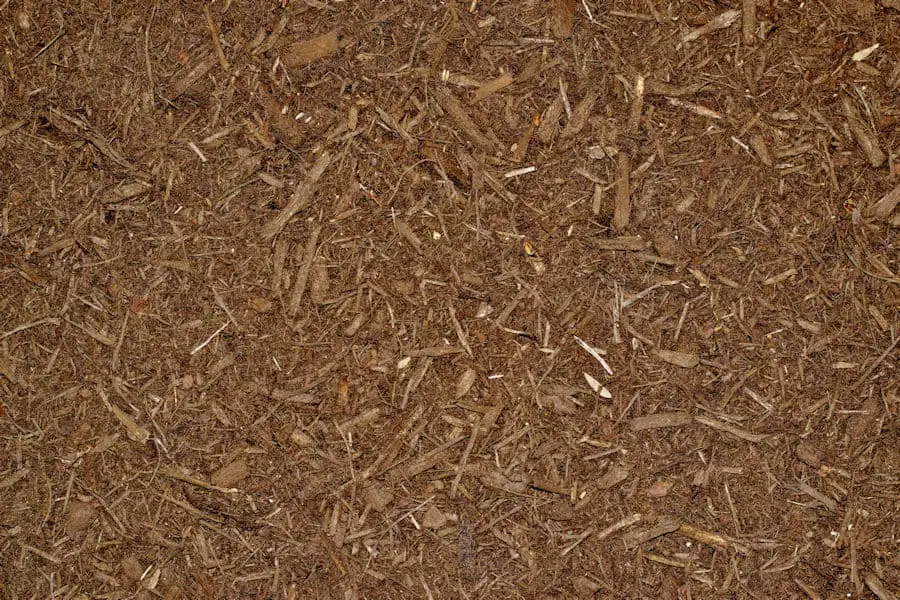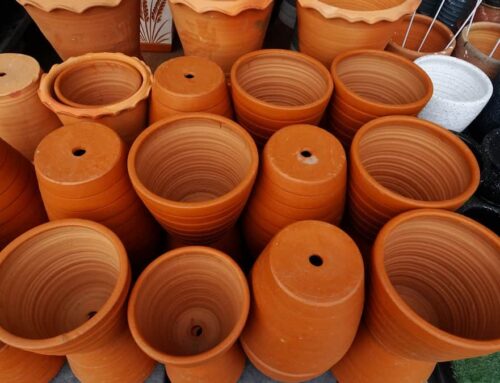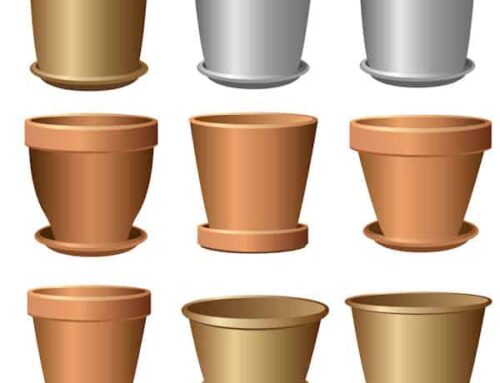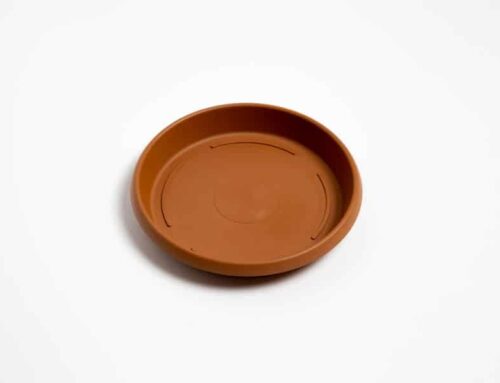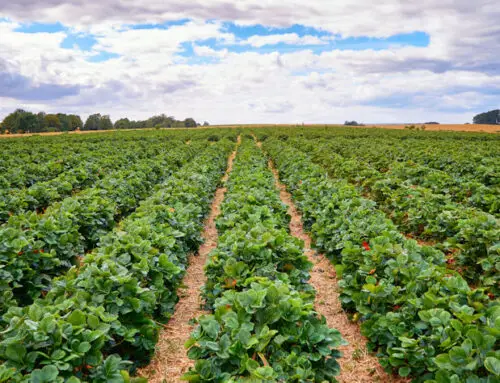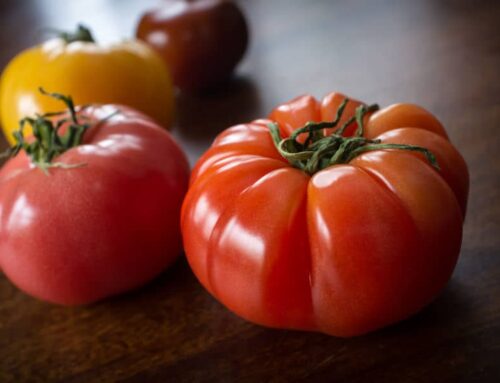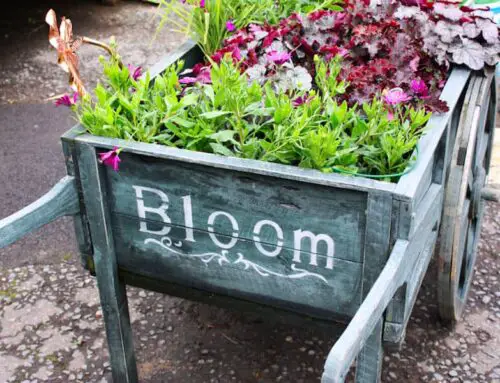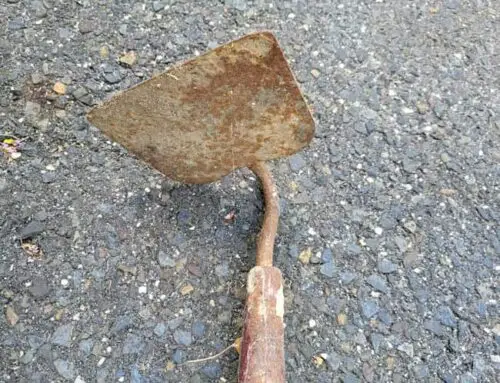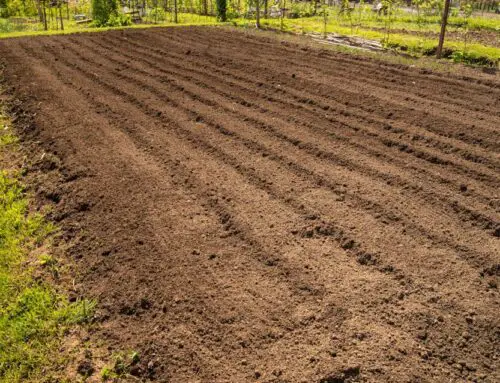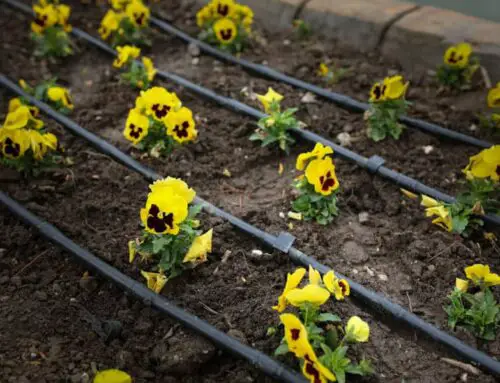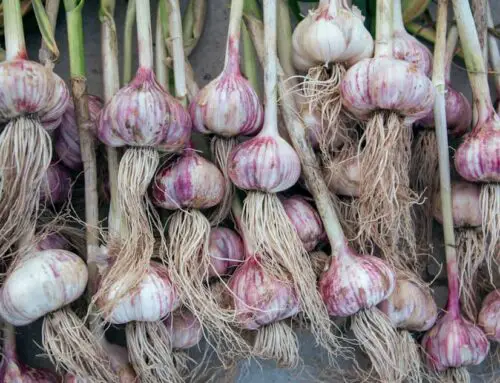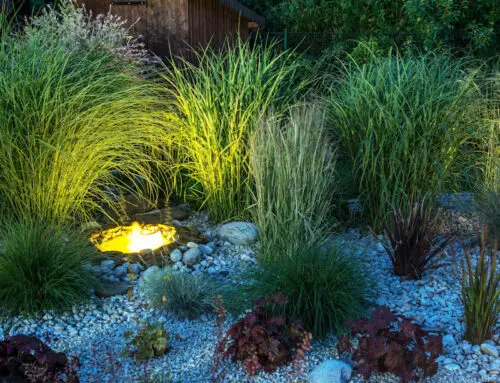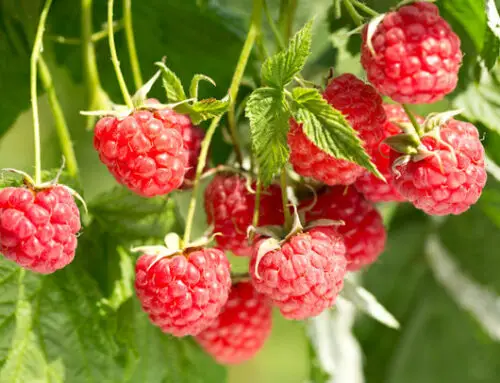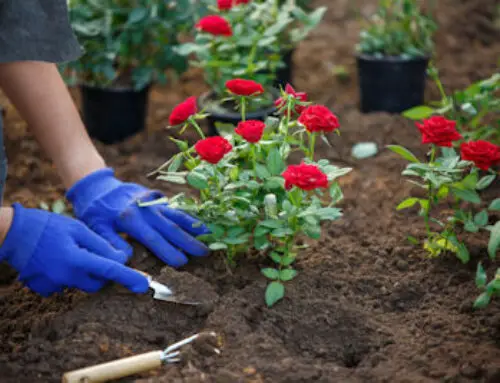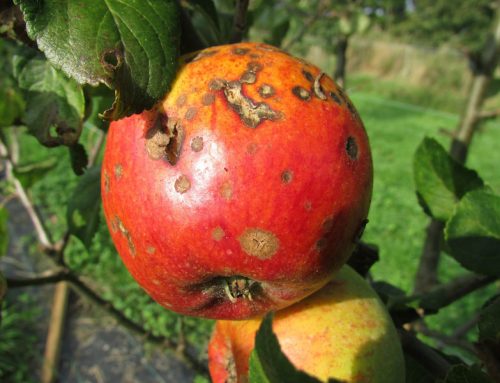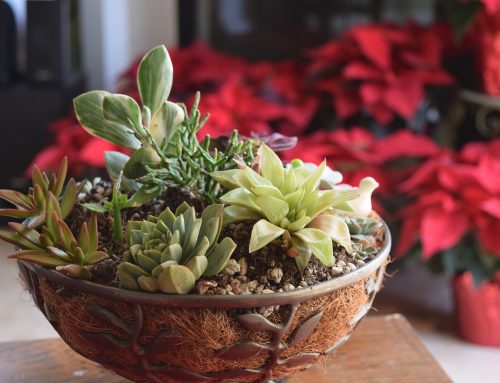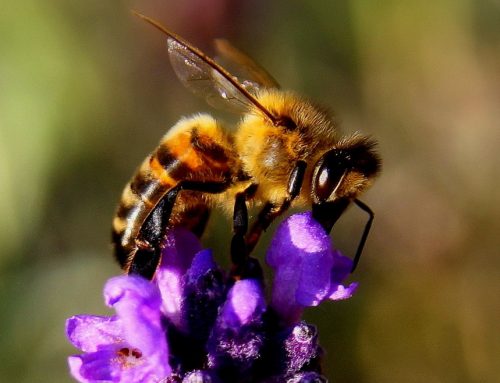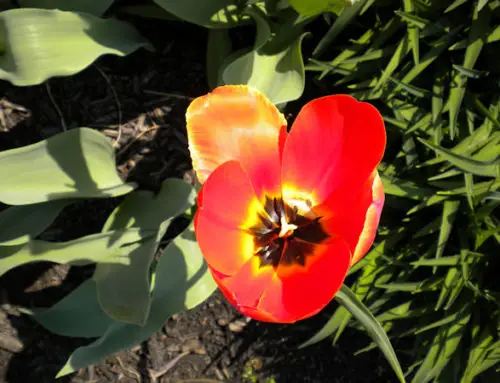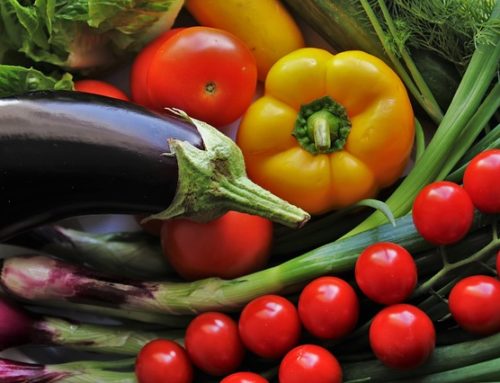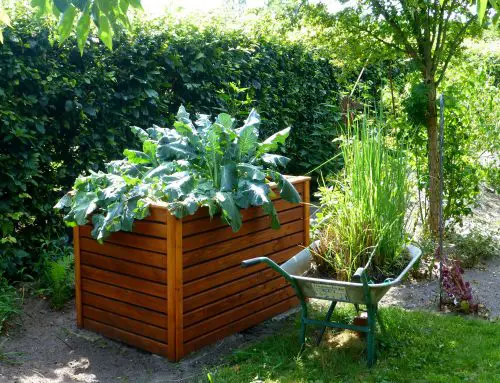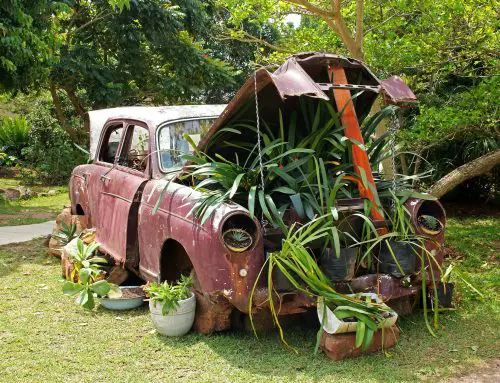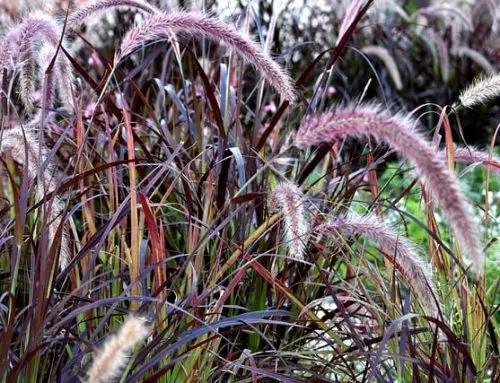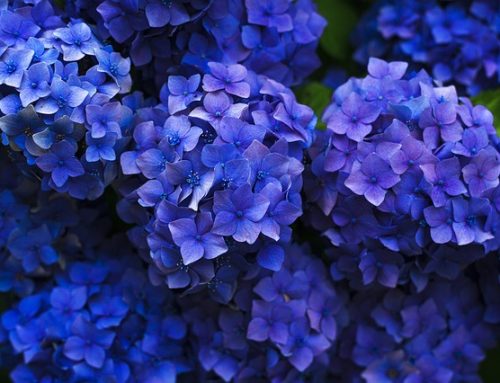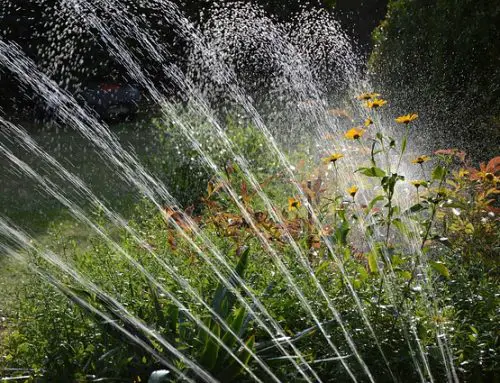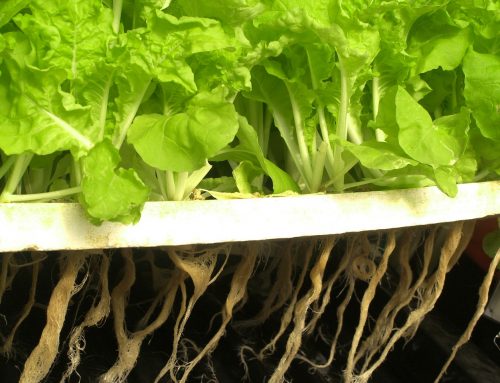If you have taken the time to plant a flower garden, then you definitely want to keep the weeds at bay and make the color of your flowers pop. Mulch is the perfect way to do this!
In addition to being a dark backdrop for your floral display, mulch helps your plants to retain the proper amount of moisture and to grow without the interference of weeds. Although it may seem daunting to figure out how much mulch you need to cover your yard, the equation is really quite easy.
How Many Bags of Mulch in a Yard
Determining the number of bags of mulch in a yard is a simple process. 1 cubic yard of mulch contains 27 cubic feet of mulch. A typical bag of mulch contains 2 cubic feet of mulch. If you divide 27 by 2, you learn that 13.5 bags of mulch is 1 cubic yard.
Beyond the mathematical relationship of bulk to bagged mulch, there are other important facts that go into using mulch in your garden. Read on to find out more about the magic of mulch.
What is Mulch
Mulch is a layer of material, usually spread about 2-4 inches thick, that is extended throughout garden beds to help them retain moisture and keep out weeds. It is often organic in nature. Many gardeners use mulch for its visual appeal, but it also serves an important gardening purpose as well.
By helping the ground retain moisture in the heat of the summer, and by thwarting the growth of weeds, mulch helps your plants to grow healthy and strong.
How Much Mulch Do I Need
In order to determine how much mulch you need, a little math is involved. You need to know the length and width of your garden bed, and when you multiply these two numbers you will get the square footage of your garden bed.
You also need to know that one cubic yard of mulch is 324 square feet. To find out how much mulch you need, decide how thick you want it (experts often recommend 2-4 inches) and multiply your square footage by the desired number of inches and then divide by 324. This will get you the number of yards you need to purchase.
For instance, if your garden bed is 25 by 8, that is 200 square feet. If you want your mulch to be 3 inches thick, multiply 200 times 3 and get 600. When you divide 600 by 324 you get 1.85, so you should order 2 yards of mulch.
If you are dealing with bags, most of them are 2 cubic feet of mulch, and cover 12 square feet. To find out how many bags you need, multiply your square footage by the number of inches thick you want it and then divide by 12.
For instance, if your garden is 10 by 9, that would be 90 square feet. If you want your mulch 2 inches thick, you would multiply 90 times 2 which equals 180, and then divide by 12. That equals 15, so you would need fifteen bags.
If numbers are not your thing, use an online mulch calculator to determine your mulch needs, and that will make it much easier on you!
How Much is a Yard of Mulch
The price of mulch varies by the area of the country, as well as the type of mulch ordered. An average price that people pay for mulch is 30 dollars a yard. If you order organic mulch or special colored or shredded mulch, the price will increase.
Don’t forget to factor in the price of delivery, which is often another 30 dollars, depending on how far away you are from the store.
How Much Does a Yard of Mulch Weigh
A cubic yard of mulch, when measured, is 3 feet tall by 3 feet long by 3 feet wide. It will weigh between 400 and 800 pounds, depending on the exact type of mulch ordered and the moisture content.
Because mulch can be so weighty, many people choose to have it delivered for them, and invest in a good wheelbarrow for spreading it. Since moisture matters, spreading the mulch when it is wet will make it a lot heavier!
How Much Does a Bag of Mulch Weigh
If you want a lighter load when it is time to mulch your yard, and you have a smaller area that needs to be covered, then bags of mulch could be your answer. In general, bags contain 2 cubic feet of mulch, and weigh around 20 pounds.
If the bags get torn and rained on, though, they could be a lot heavier. If your yard is small, or you are just mulching one or two beds, then slinging a few bags from your car trunk to the garden should work out just fine.
How to Lay Mulch
The technique for laying mulch differs depending on how you choose to buy it, whether in bulk or in bags. If you buy in bulk, generally the truck delivers it to your driveway and you shovel it into your wheelbarrow. You can take the wheelbarrow to any part of your yard and dump the pile there.
If you have bags, carry them to regular intervals in your garden, slit the bag open with scissors, and dump it. In either case, spread the mulch 2-4 inches thick with your hands or a rake, making sure it looks smooth.
How to Mulch Around Trees
You definitely need to mulch more carefully around trees. If you apply too much mulch too close to tree trunks, they can suffer from volcano mulching and this can lead to rot and decay. The rule of thumb is to never let the mulch hit the tree trunk, but leave several inches of empty space around the circumference of the tree, which will allow it to receive air circulation.
If you have average soil, apply 1-3 inches of mulch, but if your soil is sandy and drains quickly, apply 4 inches of mulch to help lock in the moisture your tree needs to grow.
When to Mulch
Most people mulch in the spring, which not only offers moisture to their plants and a weed deterrent, but also serves to beautify their yard. Make sure you wait till the frost possibility has passed in your climate, because laying new mulch could interfere with the natural warming of the soil.
Other gardening professionals advise mulching in the fall, because it insulates the soil throughout the winter.
Mulch is a powerful addition to your garden. With its weed-deterrent and moisture-retaining capabilities, as well as the way it beautifies your home, adding mulch to your garden beds is a great way to help your flowers grow.
Whether you choose bulk mulch or bagged mulch, a little muscle action and some mulch spreading finesse will change your gardening game for the better.

